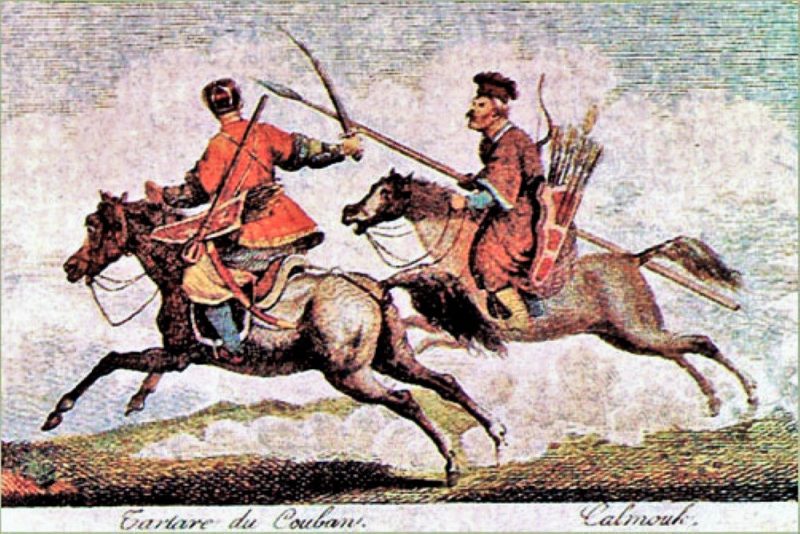During Medival times, Russia had suffered under the Tatar domination. The leader of the Great Horde, Tsar Akhmat, became very displeased by the disobedience of the Russian people in 1480, thus he decided it was time to punish them. Since the Russians refused to pay tribute, the great Khan set off to attack the city of Moscow.
What was at stake?
The Russians knew that if the Tatars reached the capital city, that would be the end of it. They gathered a force to meet the Tatar army near the Ugra River. In order to defend the capital city, they had to stop Akhmat’s army before he managed to cross the river.
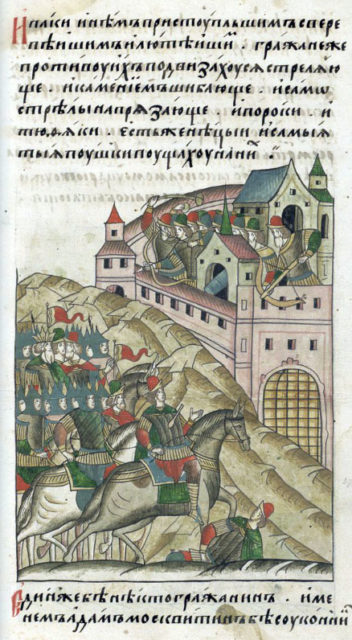
The Beginning of the Great Stand on the Ugra River – October 8th, 1480
For several days the Russians fought the Horde at the crossing, repelling constant attacks. When the attacks finally ceased, the Great Stand of the Ugra river began. The Russian forces fortified on the on the opposite bank, determined to not to let the Tatars pass. This stand would forever change the course of history, as it would mean the end of Tatar dominion over Moscow.
The Great Stand, although a turning point in history, was an obscure one also. The end of the Great Stand of the Ugra River was an unexpected one.
Ivan III Vasiliyevich, a Grand Prince of Moscow and Grand Prince of all Rus
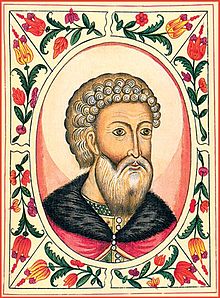
The ruler of the Grand Duchy of Russia at that time was Prince Ivan III. He was informed that the Great Tsar was in collision with none other than King Casimir IV of Poland. The Grand Prince of Russia, knowing the great threat the Tatars and Polish represented, knew he had to fortify the river banks. He sent his sons and other voivodes along the strategic points along Ugra, which led to the capital city.
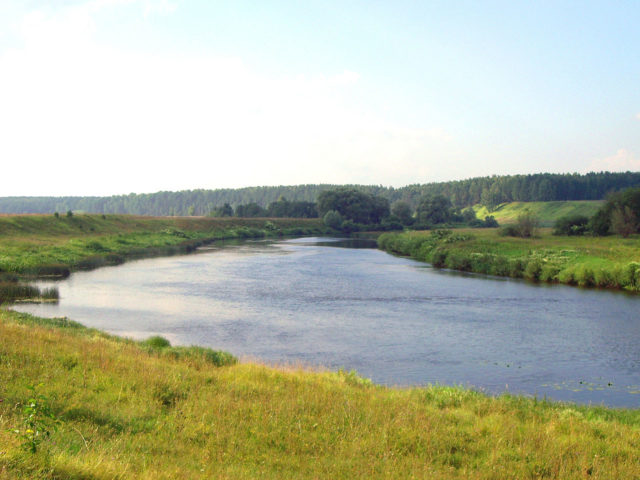
Akhmat was not going to give up on the desire to crush the Russians and Christianity. Awaiting the forces of Casimir he went to the fords of Ugra river. However, Ivan III knew the steps Akhmat was to take and he sent his voivode, his son, and his brother, together with their collective force, to fortify the Ugra’s crossings.
Ivan III had the royal family and the Orthodox church on his side. It was a critical moment for the Russian Christians. If Akhmat managed to break the Stand of the Russian forces, it would solidify the Tatar rule.
The brothers of the Grand Prince were, however, in dispute with him, and he had to buy time until they reached conciliation. Ivan III held the forces of Akhmat for four days, initiating negotiations. During those four days, he managed to make peace with his brothers. The brothers of the Prince traveled with their forces for another 17 long days until they reached the standing.
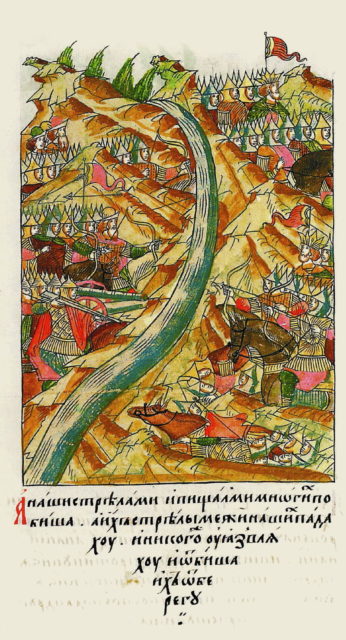
Akhmat, on the other hand, was growing increasingly impatient. He stood there watching as the Russian army increased in numbers. King Casimir IV, who was supposed to come and aid him in the campaign, was not even close to keeping his word. The Polish king neglected his agreement with the Tatar Leader, for he was dealing with the turmoil inside his own realms. A threat that no other than Ivan III created for Casimir, to make sure the latter would not join with the Tatars.
The Tatars could not stay and stare at the Russian army, blocking their passage. Fights were continuing for days, as there was constant clashing between the two armies alongside the river banks. The popping sound of firearms filled the cold air. The river began to slowly freeze, while the Tatars and Russians were exchanging bullets.
Meanwhile, Ivan III put all efforts in ensuring the Tatar leader would be at a disadvantage. the Grand Prince sent a force to go behind the Tatar camp, thus encircling the enemy.
Winter was coming steadily and Akhmat’s position was becoming even more unfavorable, due to the harsh weather and hard to defend camp site. Tsar Akhmat, however, had one more issue than the winter’s frost, that was uneasy on him. His own home was defenseless. He would soon have to make a decision, or he was risking his home invaded by the rivals.
The End of The Great Stand of the Ugra River
“It should have been an odd image: two armies ran away from each other, not pursued by anyone”. – N. Karamzin
At the end of October 1840, Ivan began moving his forces to Krements to survive the winter. Akhmat, at the end, accepted King Casimir would not come, and retreated. On the 11th of October, Tsar Akhmat withdrew his forces and headed to the south, abandoning all dreams to have full control over the Russians.
Consequences of The Great Stand at the Ugra River
Thus the Great Stand, that started on October 8th, 1480, ended, without any army following the other one. A victory, without a decisive last battle. A defeat, without a final fight. This event had great effect over the history of both Tatars and Russians.
Only a few months later, Akhmat was killed by the Siberian Khan Ibak. The Great Horde was destroyed by the Crimeans. Although the broken horde was divided in smaller khanates, and it continued to raid the Russian state, they never again posed a serious threat.
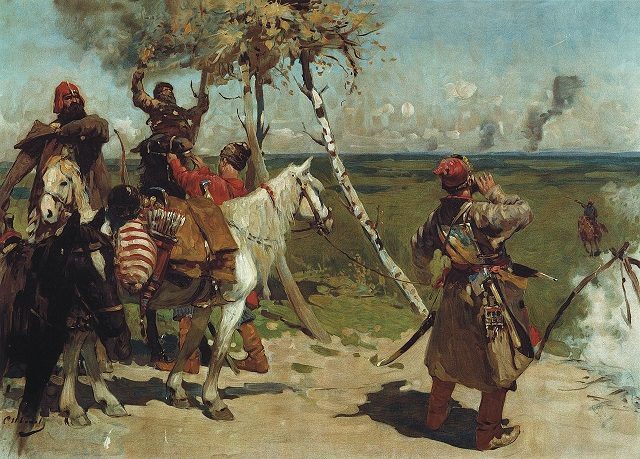
Crimeans and Russians previously divided by the Horde went to war with each other, that lasted for almost three centuries. The following centuries, the Russians greatly expanded their realms. The Russian Empire rapidly increased its borders, only to turn into one of the most powerful forces in the world.
The great Standoff was not only the saving grace for the Russians but the collapse of the Tatar-Mongol Yoke. The Russians won their sovereignty and independence, and the rise of one the biggest world powers began. Up until today, celebrations are held for the anniversary of The Great Stand on the Ugra River”. To honor the Legendary Standoff, on the banks of the river, a monument was erected.
Bibliography:
- Literary monuments of Ancient Russia. Second half of the fifteenth century. From the translation by Y. S. Lurye (Moscow, 1982), 514–521.
